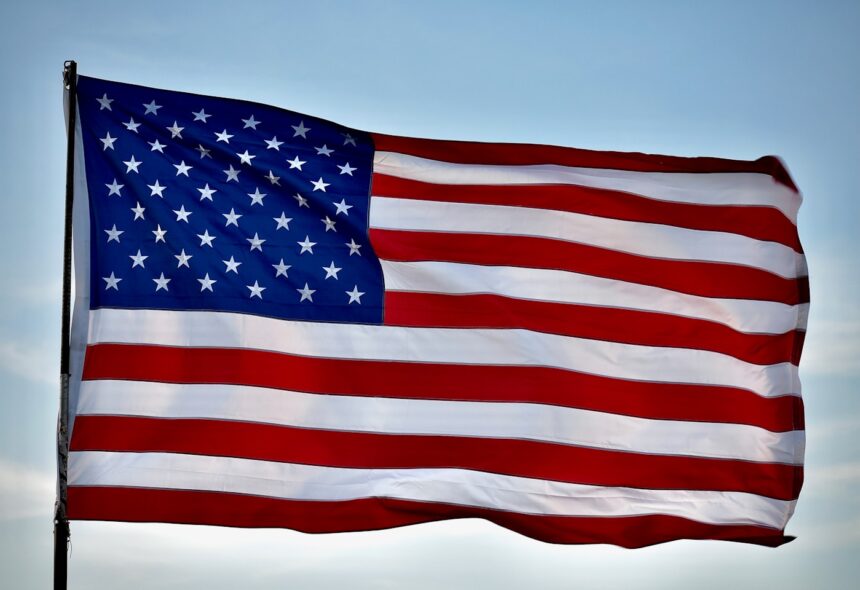What is Labor Day?
Labor Day, celebrated on the first Monday of September in the United States, is a national holiday dedicated to honoring the achievements of American workers and the labor movement that brought about significant social and economic reforms. For many, it marks the end of summer, a time for barbecues, parades, and relaxation. However, the true essence of Labor Day goes far beyond these modern-day traditions. This article delves into the origins, significance, and contemporary relevance of Labor Day, offering a comprehensive look at why this holiday matters.
The Origins of Labor Day
Labor Day’s roots trace back to the labor movement of the late 19th century, a period marked by rapid industrialization and the rise of factory jobs in the United States. During this time, workers faced grueling conditions: long hours, low wages, and unsafe environments. The average American worker in the late 1800s worked 12-hour days, seven days a week, just to make ends meet. Even children as young as five or six were forced into labor under harsh conditions, often in mills, factories, and mines, where safety regulations were virtually nonexistent.
As industrialization progressed, workers began to organize into unions to fight for better working conditions, fair wages, and reasonable hours. The labor movement gained momentum with strikes, rallies, and protests, which were often met with resistance from employers and the government. One of the most significant events leading up to the creation of Labor Day was the Haymarket Affair of 1886, a violent confrontation between police and labor protestors in Chicago that left several dead and sparked a nationwide debate over workers’ rights.
It was in this climate of unrest and advocacy for labor rights that the idea of a national holiday to honor workers began to take shape. On September 5, 1882, the first Labor Day parade was held in New York City, organized by the Central Labor Union (CLU). Thousands of workers took unpaid leave to march from City Hall to Union Square in support of the labor movement. The event was a success, and similar celebrations began to pop up in other cities.
Labor Day became an official federal holiday in 1894, following the Pullman Strike, a nationwide railroad boycott that severely disrupted rail traffic in the Midwest. In response to the strike, President Grover Cleveland signed the Labor Day bill into law as a gesture of reconciliation with the labor movement, designating the first Monday in September as a day to recognize and honor the contributions of American workers.
The Significance of Labor Day
Labor Day is more than just a day off; it’s a symbol of the struggle for workers’ rights and the progress made over the years. It represents the sacrifices and efforts of the labor movement, which fought for the establishment of fair labor standards that we often take for granted today, such as the eight-hour workday, the minimum wage, and the right to safe working conditions.
One of the core reasons Labor Day is significant is that it acknowledges the critical role workers play in the nation’s prosperity. The labor movement not only improved working conditions but also helped build a more equitable society by advocating for the rights of all workers, regardless of race, gender, or background. This movement laid the foundation for modern labor laws and continues to influence policies that protect workers’ rights today.
Labor Day also serves as a reminder of the importance of solidarity among workers. The collective actions of unions and labor groups have historically been instrumental in bringing about change. While union membership has declined in recent decades, the principles of collective bargaining and workers’ rights remain as relevant as ever. Labor Day is an opportunity to reflect on these principles and recognize the ongoing challenges faced by workers in various industries.
Modern-Day Relevance of Labor Day
In the contemporary world, Labor Day’s significance has evolved. While it remains a day to honor the contributions of workers, it has also become a time for rest, family gatherings, and community events. However, the core issues that led to the creation of Labor Day—fair wages, reasonable hours, and safe working conditions—are still relevant today.
The labor market has changed dramatically since the late 19th century, with the rise of technology, globalization, and the gig economy. These changes have brought new challenges for workers, including job insecurity, wage stagnation, and the erosion of benefits. As the workforce continues to evolve, so too must the labor movement. Labor Day serves as a reminder that the fight for workers’ rights is ongoing and that we must continue to advocate for fair treatment in the workplace.
In recent years, there has been a renewed focus on issues such as the minimum wage, healthcare benefits, and the rights of gig workers. The COVID-19 pandemic highlighted the vulnerabilities of essential workers and the disparities in job security and workplace safety. The labor movement has adapted to these challenges by pushing for stronger protections for all workers, especially those in precarious positions.
Moreover, Labor Day is an opportunity to reflect on the importance of work-life balance. In a culture that often glorifies overwork and hustle, Labor Day encourages us to pause and appreciate the value of rest and leisure. The holiday underscores the idea that workers deserve not only fair wages and safe conditions but also the time to enjoy life outside of work.
How Labor Day is Celebrated
Today, Labor Day is celebrated in various ways across the United States, blending traditions of labor recognition with leisurely activities. Parades remain a central feature in many cities, serving as a tribute to the labor movement’s history and achievements. These parades often feature marching bands, floats, and representatives from different labor unions, celebrating the contributions of workers past and present.
In addition to parades, many people view Labor Day as an opportunity for one last summer outing before the fall season begins. It’s common to see families and friends gathering for barbecues, picnics, and outdoor activities. Labor Day weekend is also a popular time for travel, as people take advantage of the long weekend to visit family, enjoy nature, or simply relax.
Retailers often hold significant sales during Labor Day weekend, making it one of the busiest shopping periods of the year. However, this aspect of the holiday has drawn criticism, as it highlights the commercialization of a day originally intended to honor workers. Despite this, many people still see Labor Day as a time to unwind and enjoy the fruits of their labor.
Labor Day Around the World
While Labor Day is uniquely American in its September observance, many countries around the world celebrate workers’ rights on different dates, most commonly on May 1st, known as International Workers’ Day or May Day. Like Labor Day in the U.S., these celebrations honor the contributions of workers and the labor movement, often with parades, demonstrations, and speeches.
In countries such as Canada, Labor Day is also observed on the first Monday in September, similar to the United States. In contrast, nations like the United Kingdom and Australia celebrate their labor-related holidays at different times of the year, often tied to local labor history.
Conclusion
Labor Day is a holiday rich in history and significance, serving as a reminder of the labor movement’s crucial role in shaping the modern workforce. It honors the sacrifices and achievements of workers who fought for the rights and protections many of us enjoy today. As we celebrate Labor Day, it’s important to reflect on the ongoing struggles for workers’ rights and to recognize the value of both work and rest. Whether through parades, family gatherings, or simply taking a well-deserved break, Labor Day is a time to appreciate the contributions of workers and the progress made toward a more just and equitable society.







